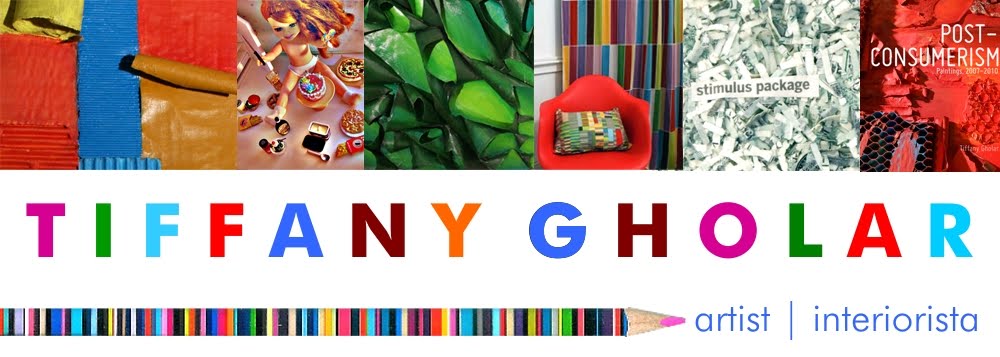I just published my fourth art book, The Sum of its Parts. It is about the artwork that I made between 2014 and 2018, and the process behind all of the work during that time. If you've been reading my blog, you already know what a difficult time it was in my life, between trying to make a name for myself as an artist despite a series of disappointing shows, not being able to find an agent for my young adult novel, getting dis-engaged, and losing a beloved aunt. You can read an excerpt from the book below the title page.
A NECESSARY LUXURY
I didn’t want my online presence to be merely a reaction to what people in power were doing, nor did I want that for my art career. Though there were many issues I cared about deeply, I felt no desire to address all of them in my paintings. I’d rather use my platforms to promote my art. I remained steadfast in my refusal to debate people on Twitter and Facebook. How could I, knowing that I experience internet debate as soul-wearying and nerve-wracking, subject myself to it? Why was it my job to teach people not to be racist? I’d rather paint.
Why was there an expectation that I should speak out about every single injustice that happened every single day online? It seemed as though the expectation to be a constant commentator on social ills was informed by the belief that Black women don’t feel pain either because we are subhuman or superhuman, that we should bear the burdens of the world, to paraphrase Zora Neale Hurston, like mules. Rallying and demonstrating can be cathartic at first, but a constant, daily, tireless grind of struggle against systems of injustice could really take a toll, physically and emotionally. Though I greatly admired the work of activists and supported their efforts, I didn’t want to become one myself. I had seen the stress that too many activists suffered and didn’t want that, to say nothing of the very real threats on their lives. All over social media, videos of people being brutalized were being shared in the name of spreading awareness but seeing them appear without warning was deeply disturbing. I didn’t want to make art like that. I wanted to create a cohesive body of work and didn’t want its subject matter to be something so full of anguish. My art had been a refuge, my studio, a sanctuary.
Did caring about the state of the world mean that I was obligated to make protest art all the time? Did my work lack depth because I didn’t channel all my negative emotions into my paintings? Would it make me a hypocrite if I didn’t always embody the archetypes of the Strong Black Woman and The Tortured Artist? Was it wrong for me to seek balance?
I came to realize that there was value in making art that was an escape for both myself and the people who view it, and that just because I appreciated social commentary art and even made it occasionally, I didn’t have to make it all the time. In spite of the requirements of grants that sought to reward artists for essentially acting as social workers, art for art's stake still has value. In spite of what the art market seemed to expect of Black artists, my art could express other emotions and states of consciousness besides outrage and righteous indignation, like joy, fascination, wonder, transcendence, or, as Barnett Newman called it, the sublime. I had every right to willingly remove myself from the ugliness of the news cycle whenever I needed to. I didn’t have to reproduce it in my work. Concerning myself with composing beautiful color palettes and assembling pleasing compositions of shapes is also a worthy artistic pursuit. Beauty is a necessary luxury.
To order the book, please click this link.



No comments:
Post a Comment